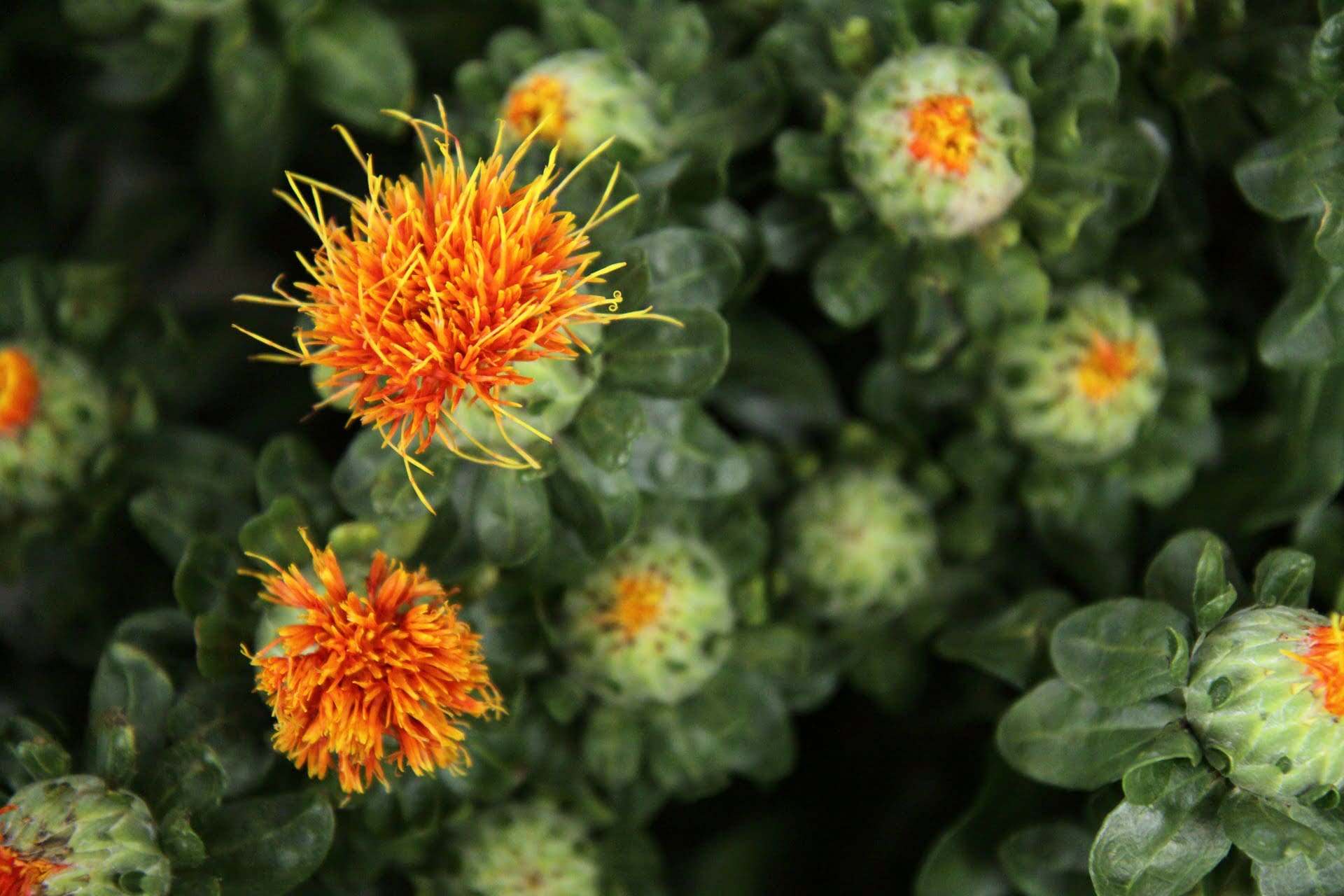Safflower may not be the most famous spice in your pantry, but this vibrant ingredient has been quietly brightening dishes and enhancing flavours for centuries. Known for its striking colour and subtle taste, safflower is a versatile spice with a fascinating history and plenty of uses in cooking.
What is Safflower?
Safflower (Carthamus tinctorius) is a thistle-like plant with vivid orange, red, or yellow flowers. The dried petals of these flowers are used as a spice and natural food colouring. Safflower is often called “poor man’s saffron” because of its resemblance to the prized saffron spice. However, while safflower can mimic saffron’s vibrant yellow hue, its flavour is much milder and less complex.
In addition to its culinary uses, safflower is also grown for its oil, which is prized for cooking and skincare.
Where is Safflower Used?
Safflower is popular in cuisines around the world, especially in regions where saffron is traditionally used but may be too expensive. Here are some examples:
- Middle Eastern Cuisine: Safflower is used in rice dishes like pilafs and biryanis, often as a saffron substitute.
- Indian Cooking: It can be found in spice blends and curries, adding colour and mild flavour.
- Spanish and Mediterranean Dishes: Paellas and stews sometimes include safflower to replicate saffron’s golden hue.
- Central Asian Cuisine: Safflower is added to soups and meat dishes for a touch of colour and light floral notes.
What Does Safflower Taste Like?
Safflower has a very mild flavour that’s slightly earthy and nutty with faint floral undertones. Its subtlety makes it more valuable for adding colour than for imparting strong taste, but it can still contribute a gentle complexity to dishes.
How to Use Safflower in Cooking
- Rice Dishes: Sprinkle safflower petals into rice as it cooks to infuse it with a warm yellow colour and a hint of floral aroma.
- Soups and Stews: Add safflower to broths, lentil soups, or hearty stews for a visual and flavourful lift.
- Paella and Pilafs: Use safflower in place of saffron for a budget-friendly way to achieve a similar golden hue.
- Baking: Incorporate safflower into bread or pastry dough for a touch of colour and a unique twist.
- Teas and Infusions: Steep safflower petals in hot water for a naturally colourful and soothing herbal tea.
Health Benefits of Safflower
Safflower isn’t just a pretty spice—it also offers several health benefits:
- Rich in Antioxidants: The pigments in safflower petals contain compounds that may help fight oxidative stress.
- Promotes Heart Health: Safflower oil is high in unsaturated fats, which are beneficial for cardiovascular health.
- Aids Digestion: The mild laxative effect of safflower tea can support a healthy digestive system.
- Anti-inflammatory Properties: Safflower is believed to help reduce inflammation in the body.
How to Choose and Store Safflower
When buying safflower, look for bright, vibrant petals with no signs of fading, as this indicates freshness. Store it in an airtight container away from light, heat, and moisture to preserve its colour and aroma.
Final Thoughts
Safflower may not have the bold flavour of saffron or other spices, but its beauty lies in its subtlety. Its ability to enhance the visual appeal of a dish while adding a gentle, earthy touch makes it a valuable addition to any kitchen.
Why not experiment with safflower in your next culinary creation? This underrated spice just might become your new secret ingredient!

